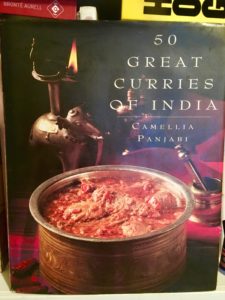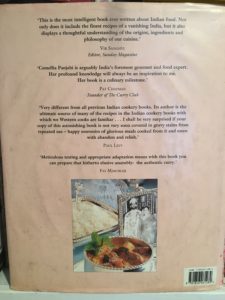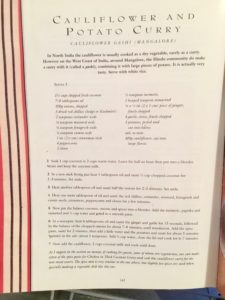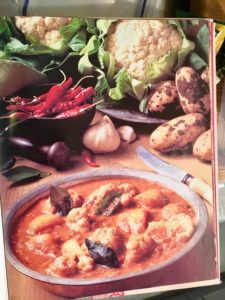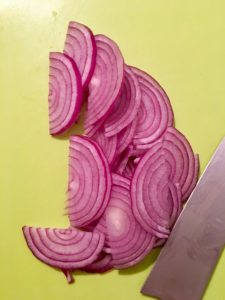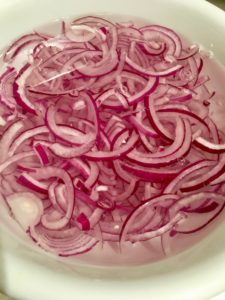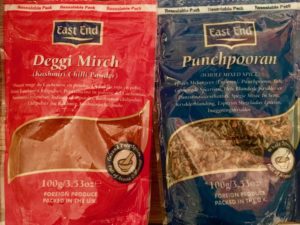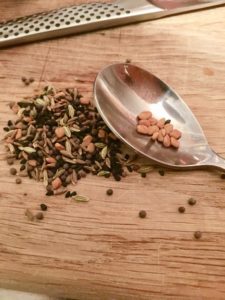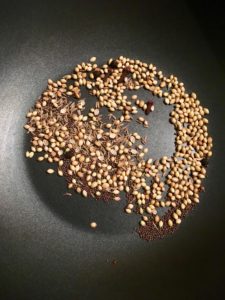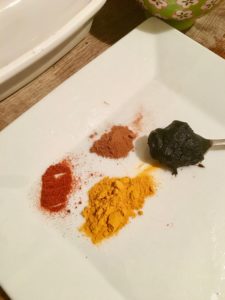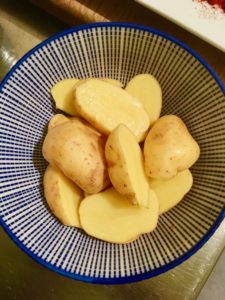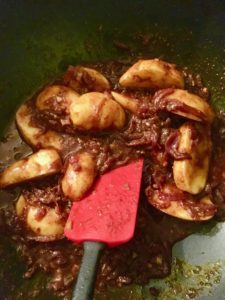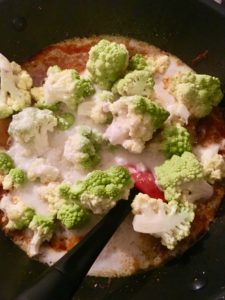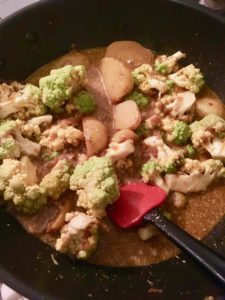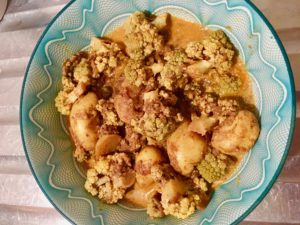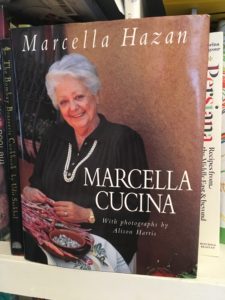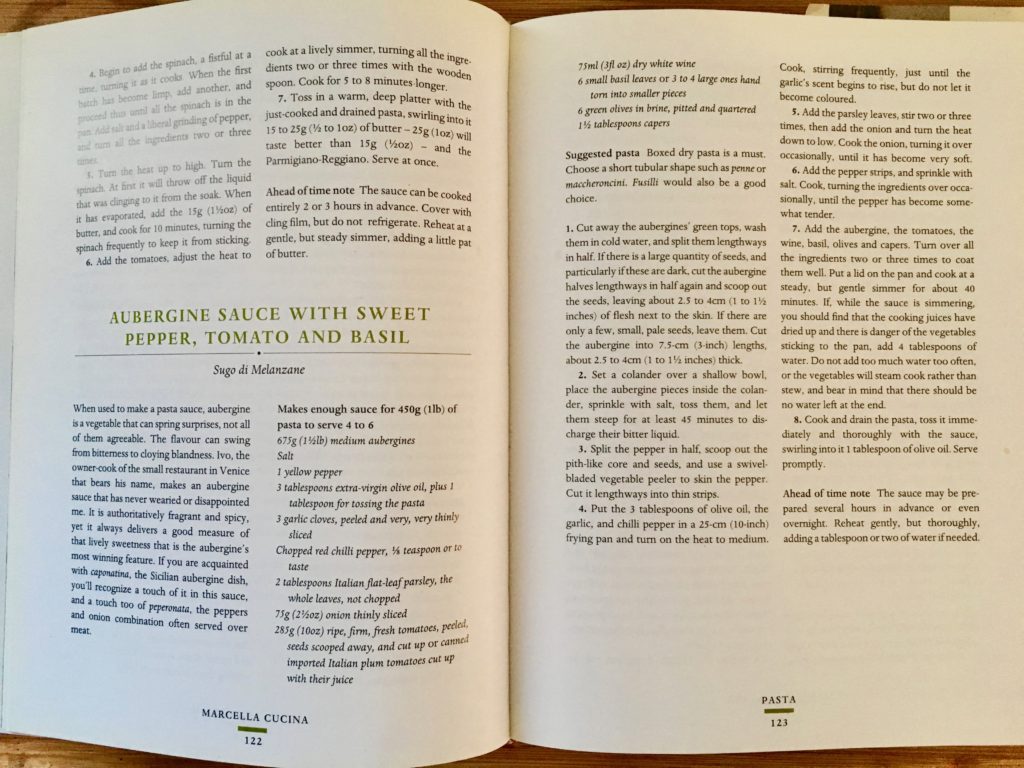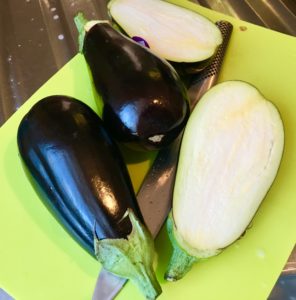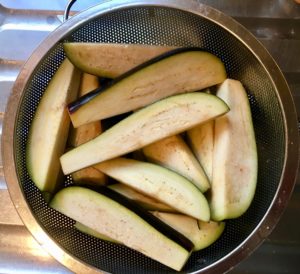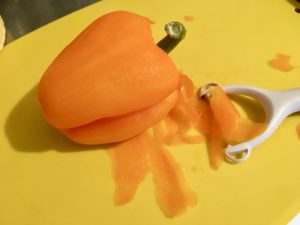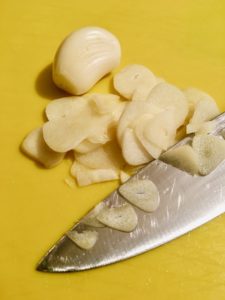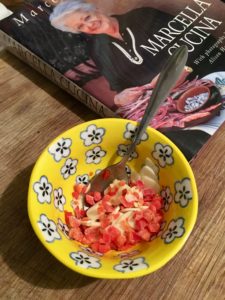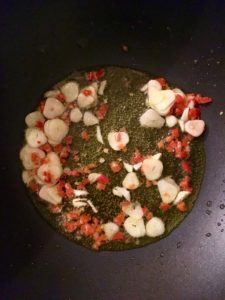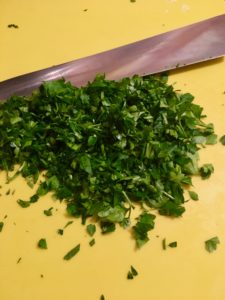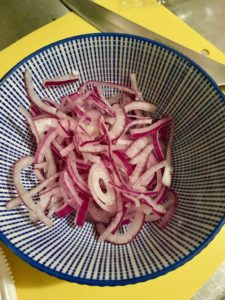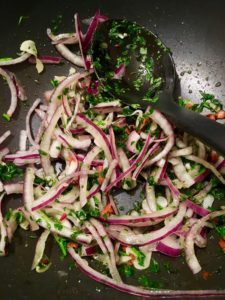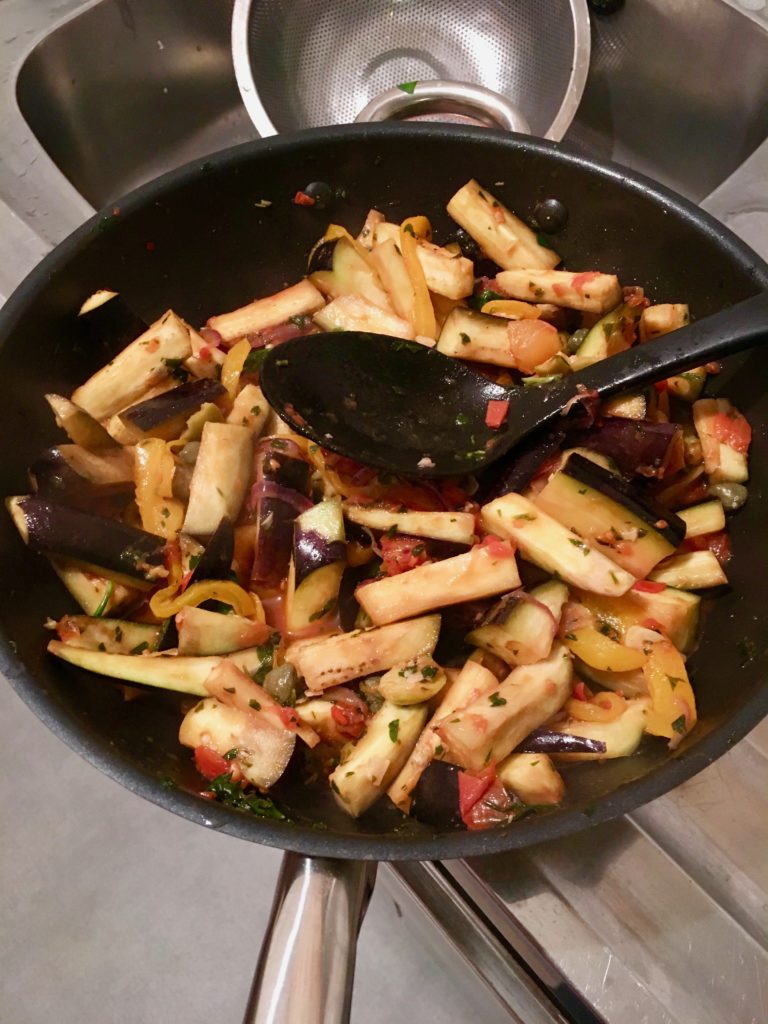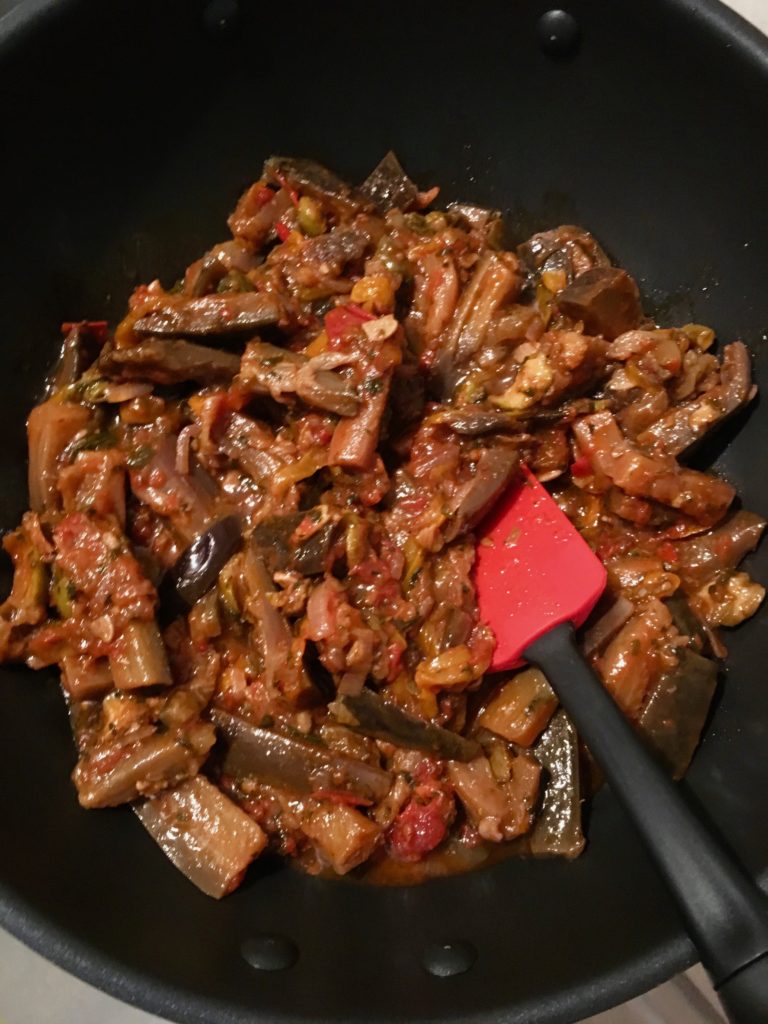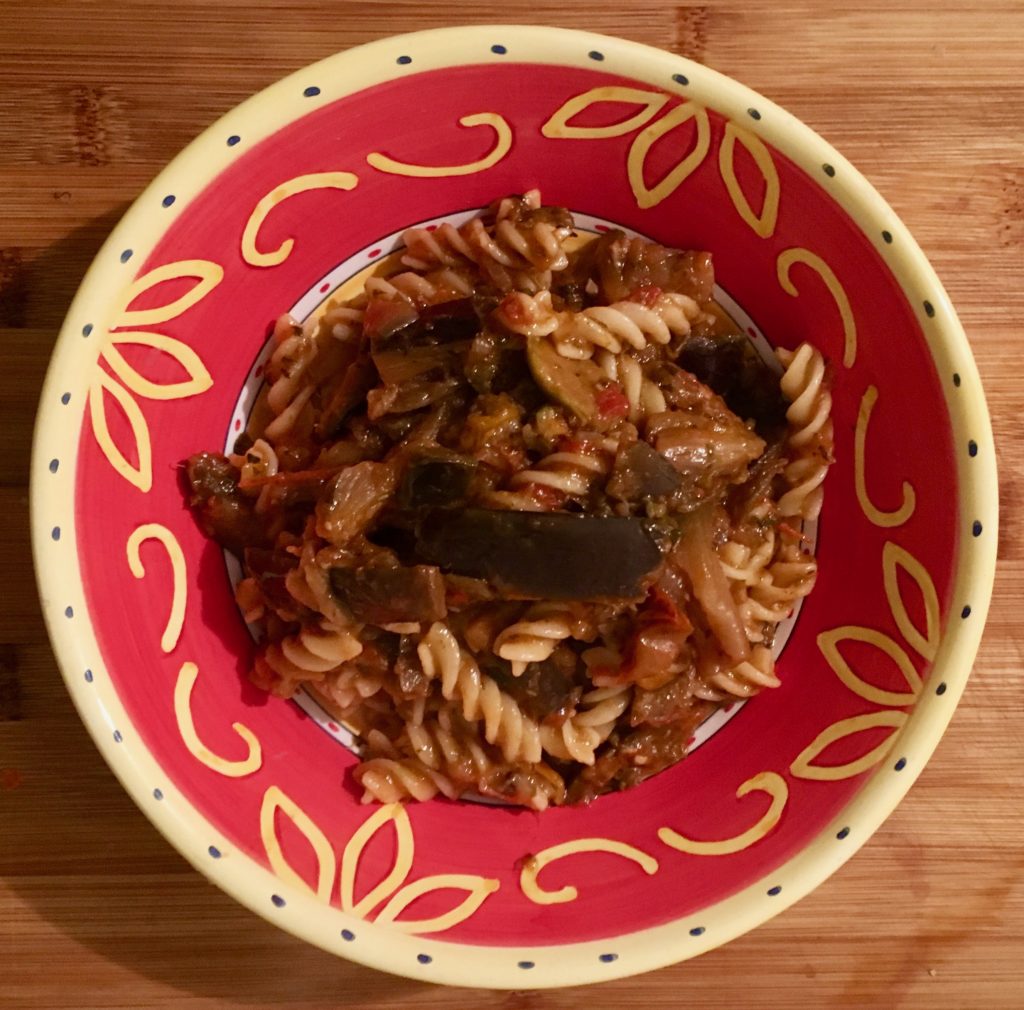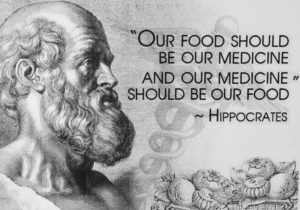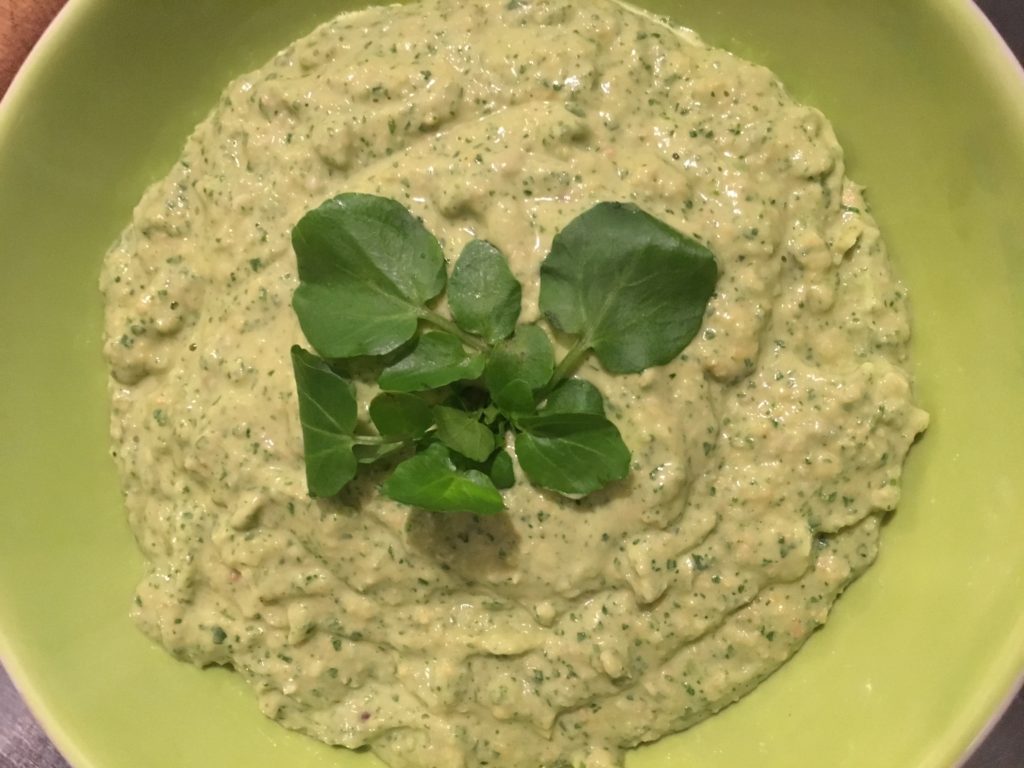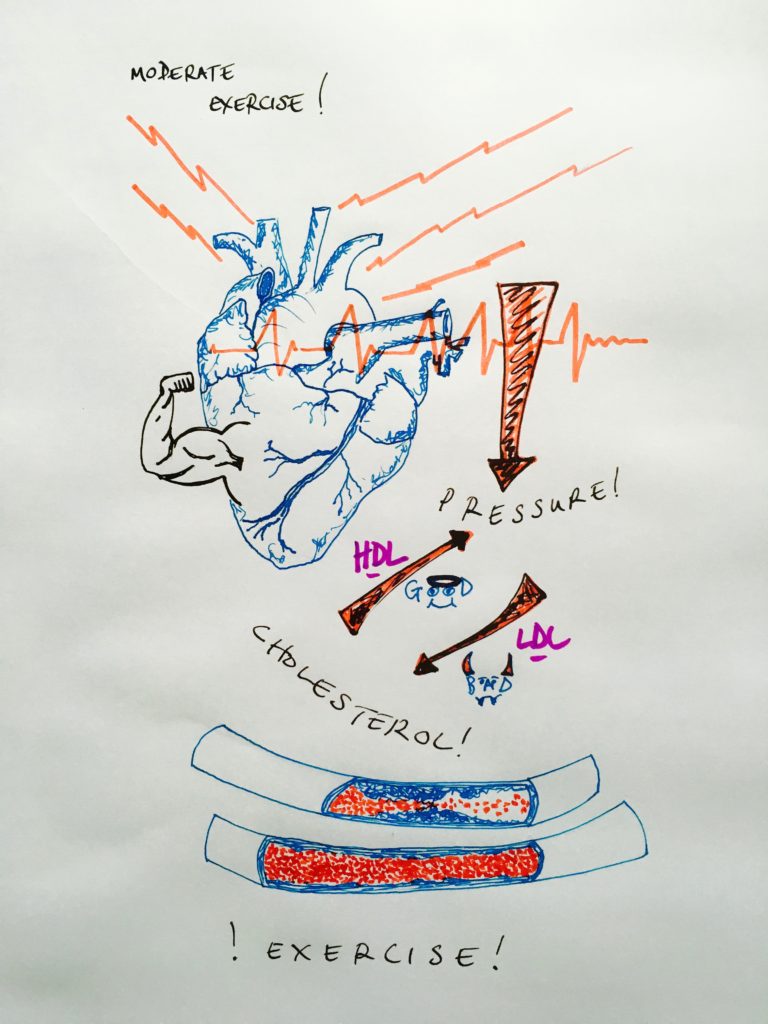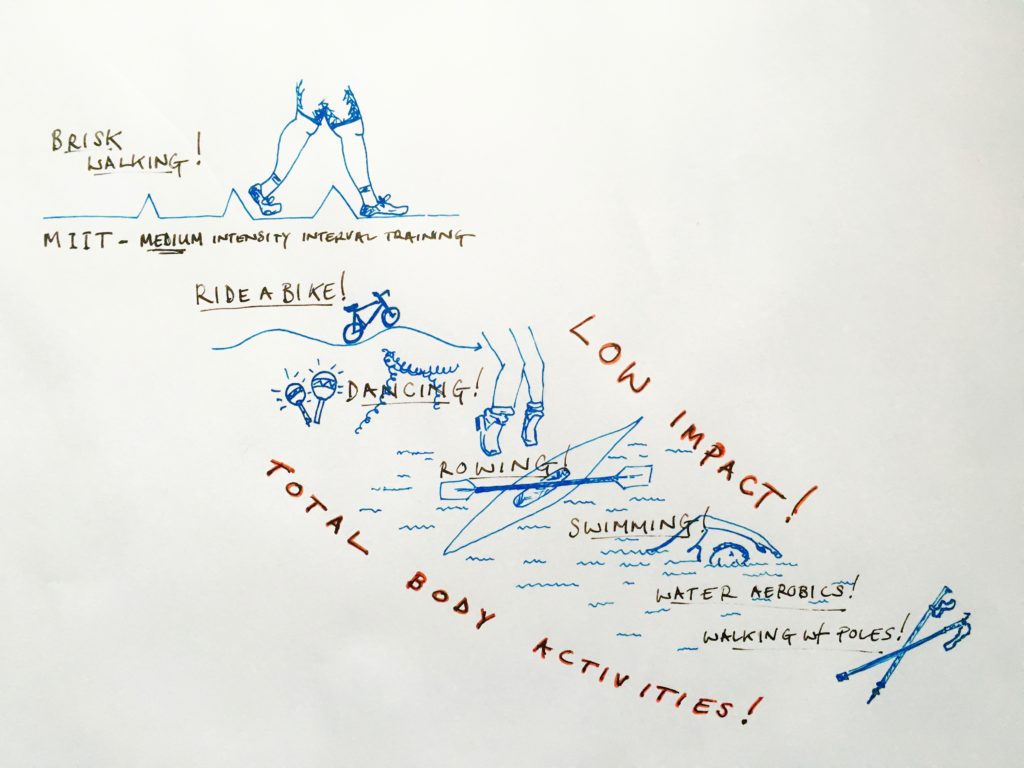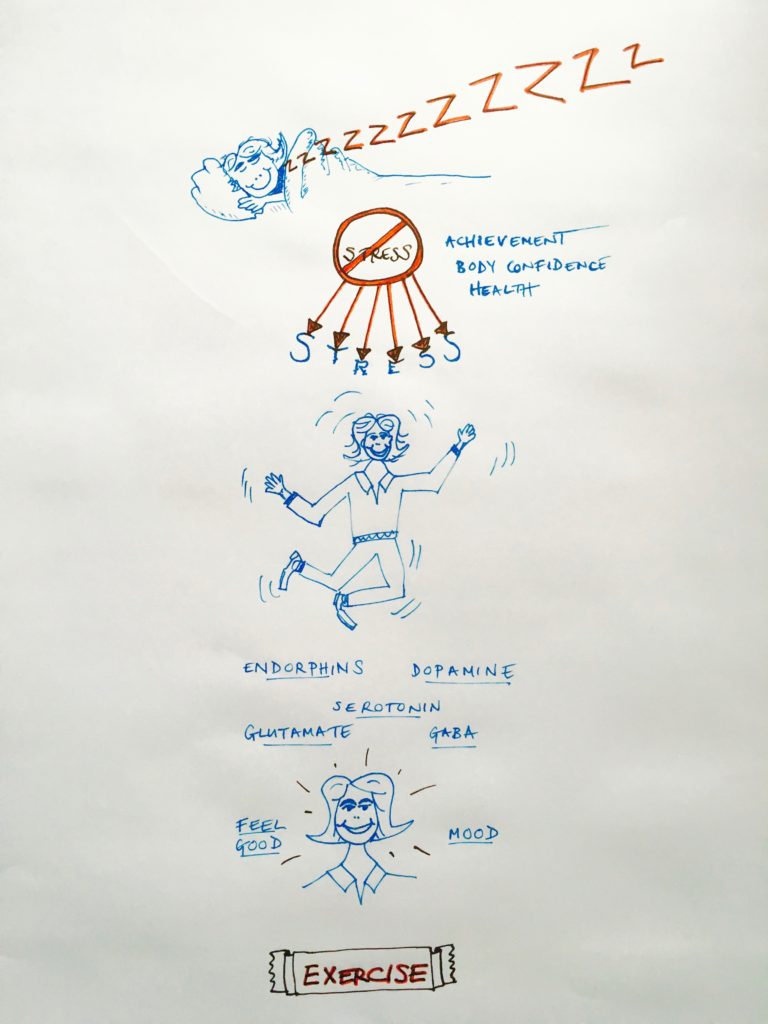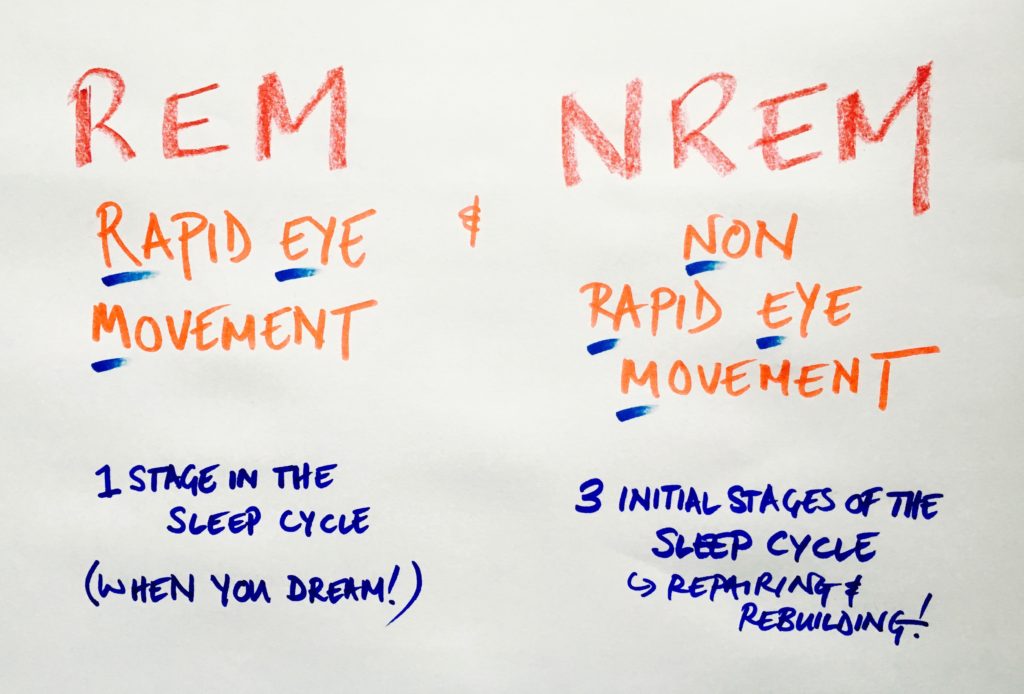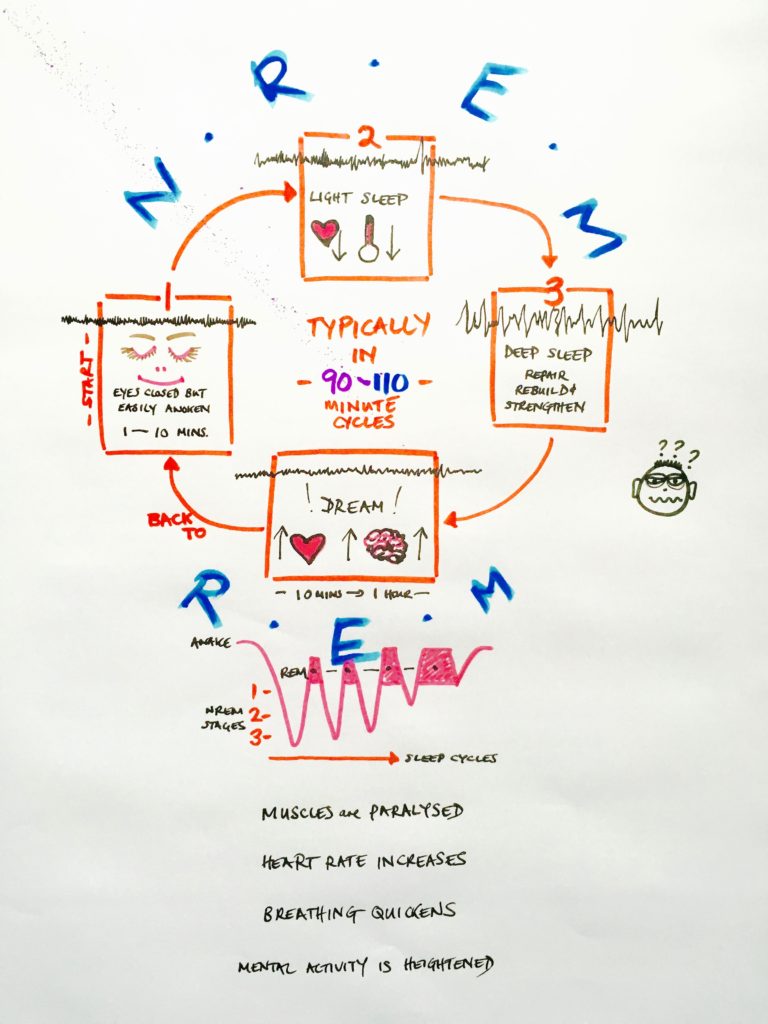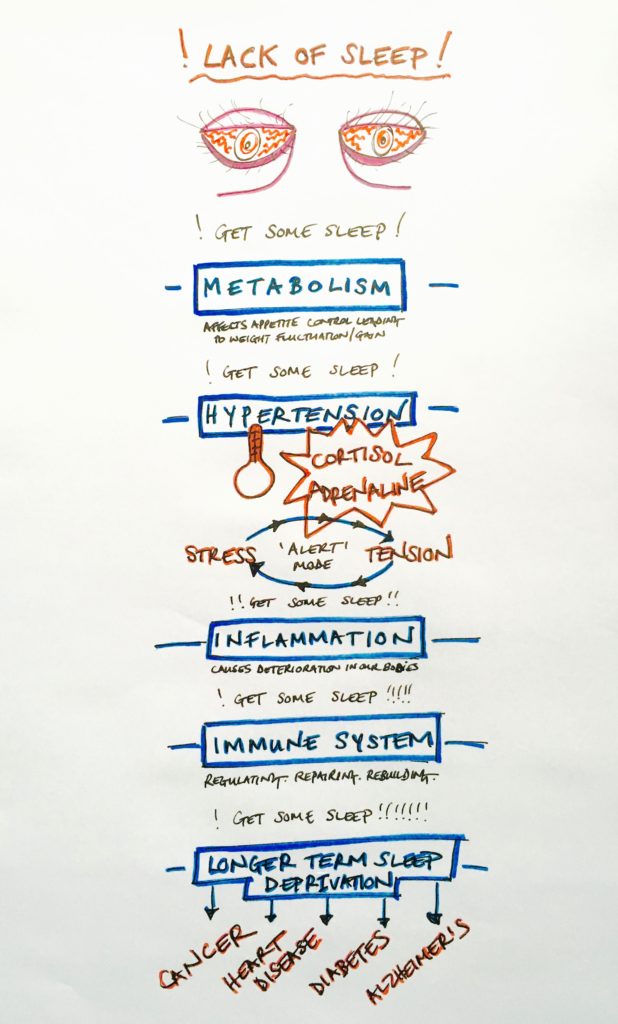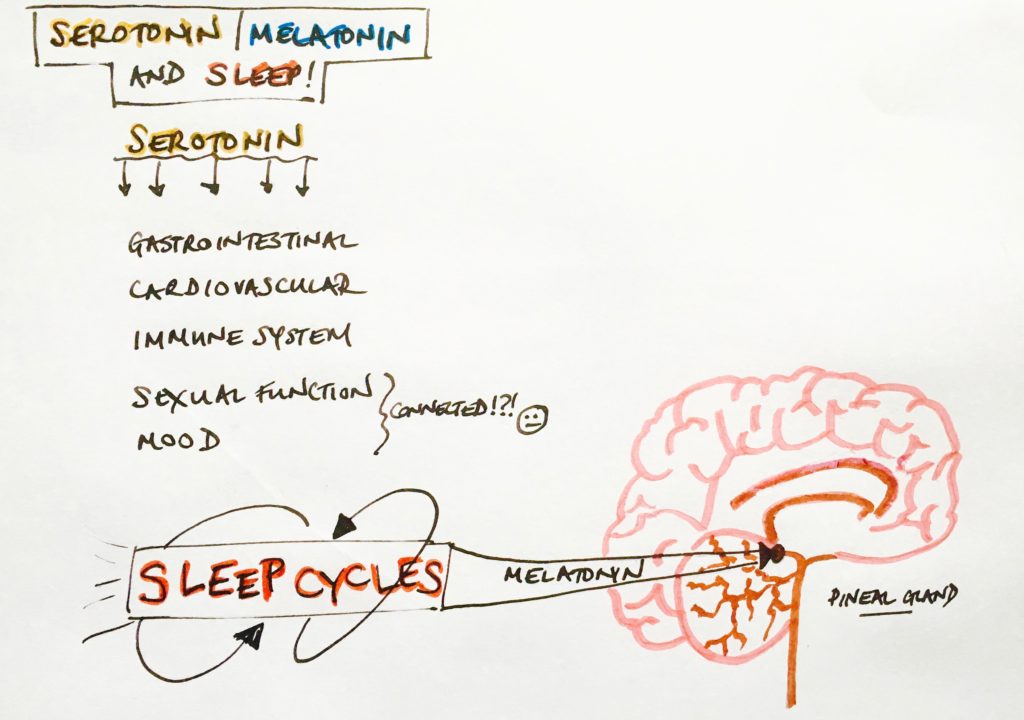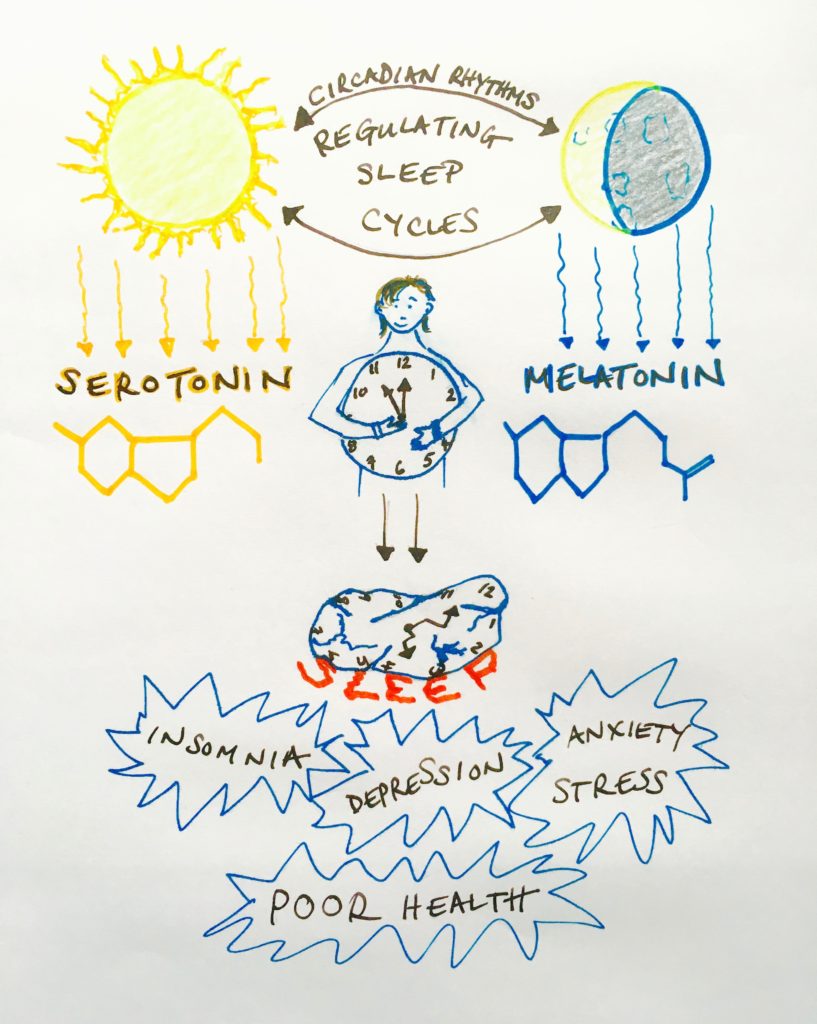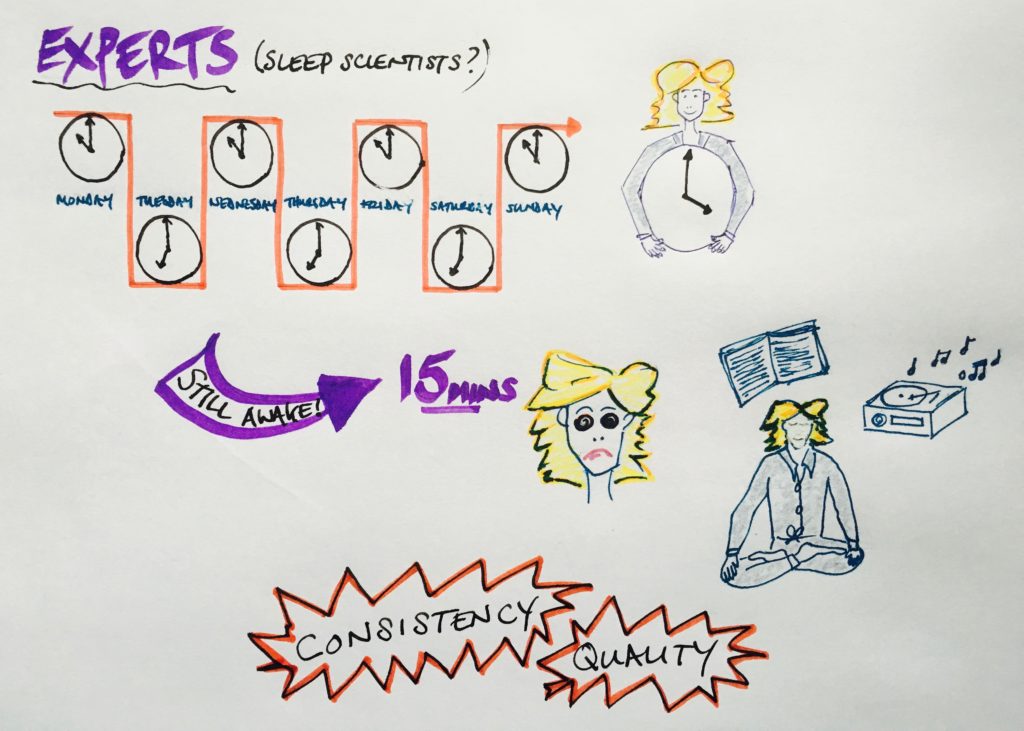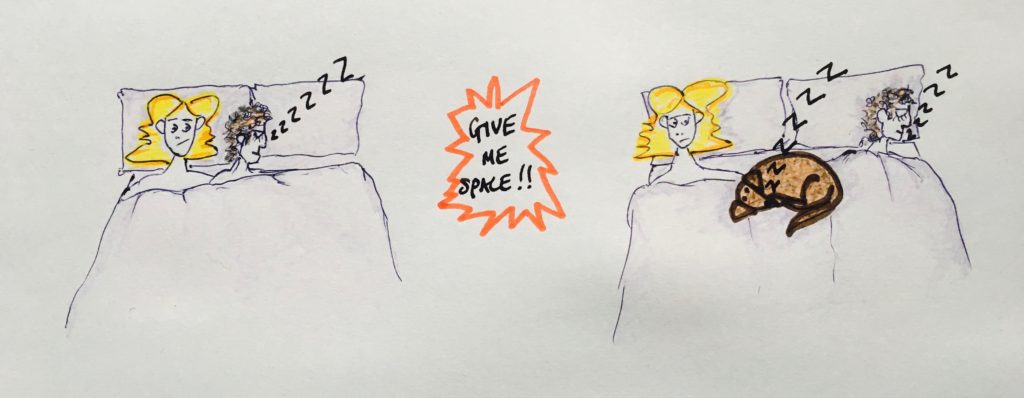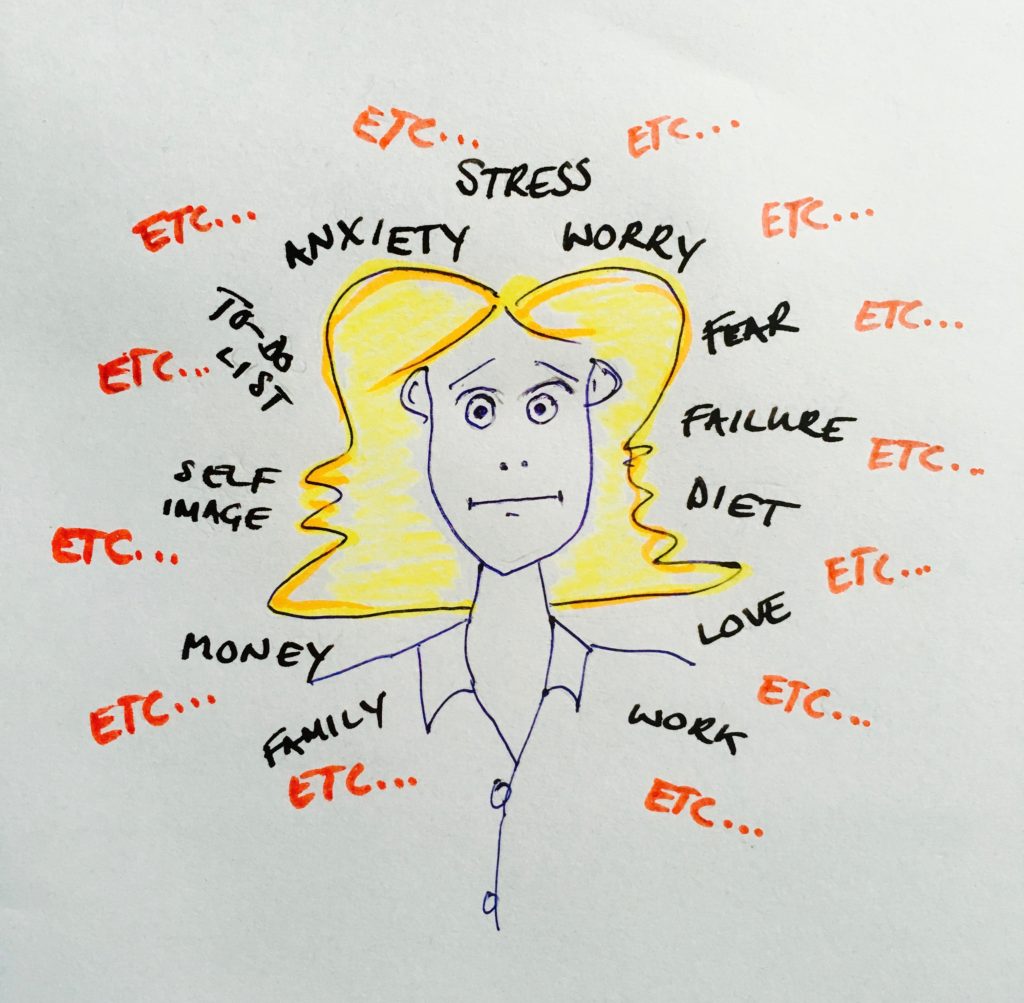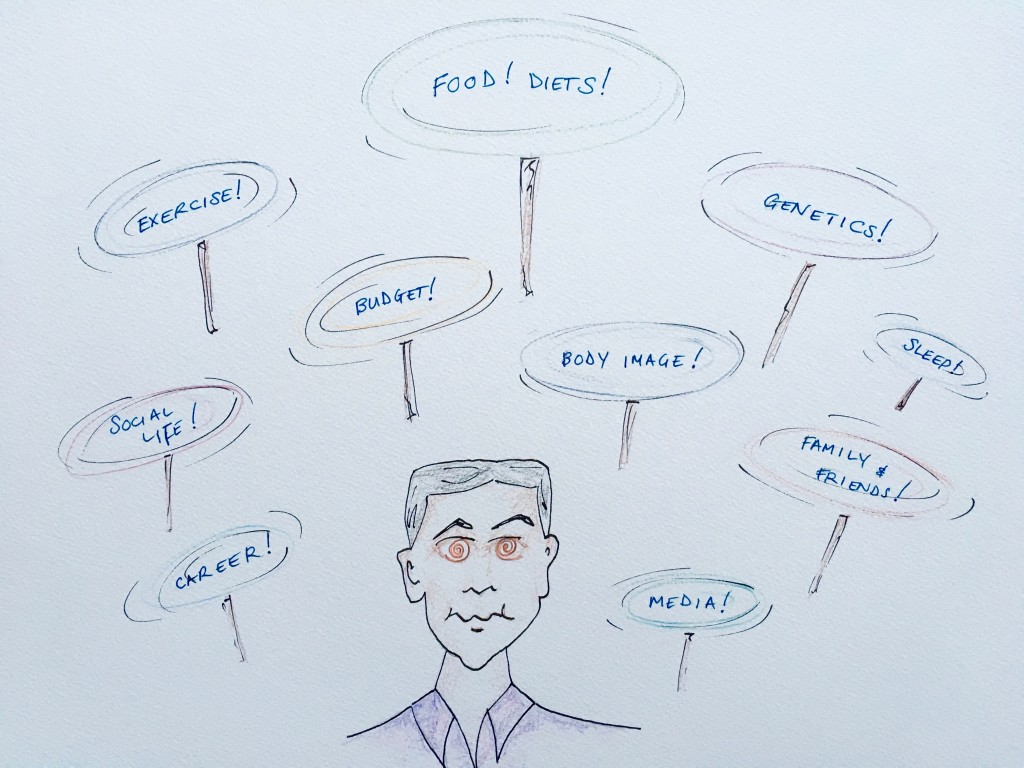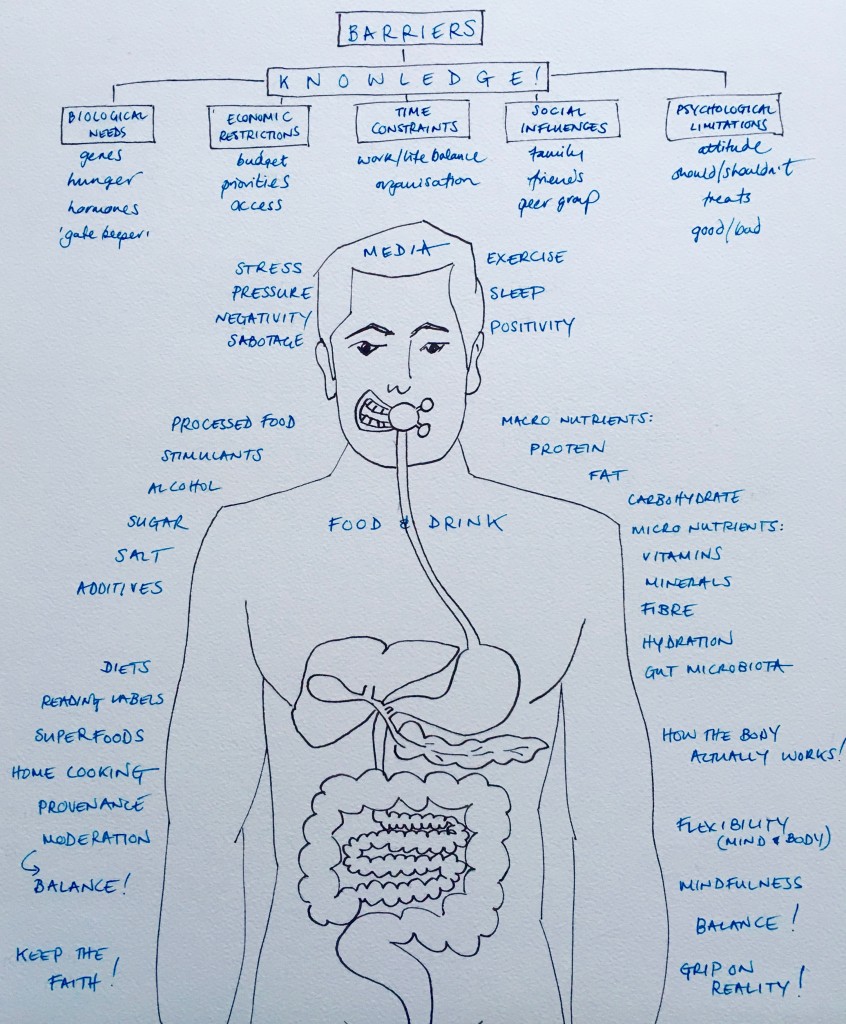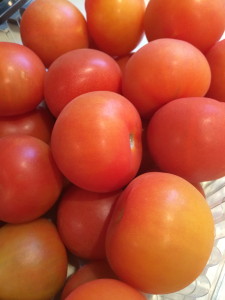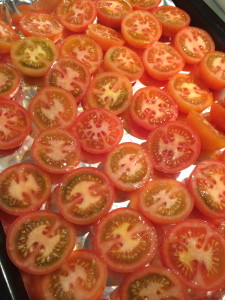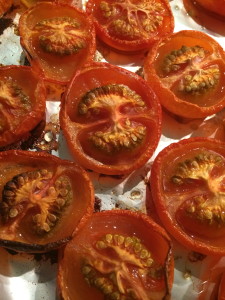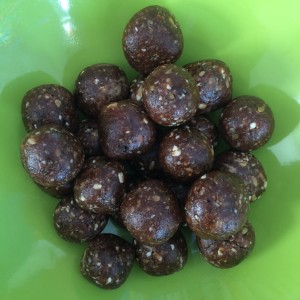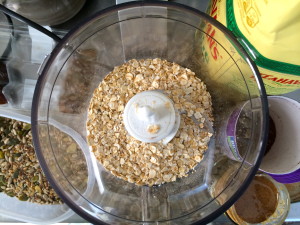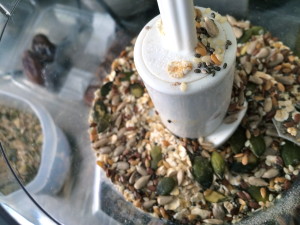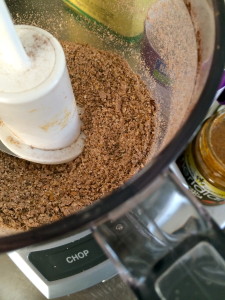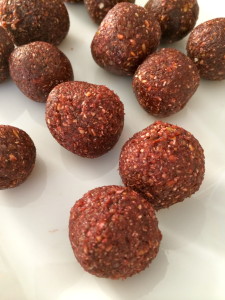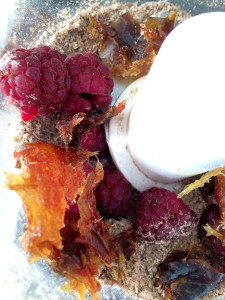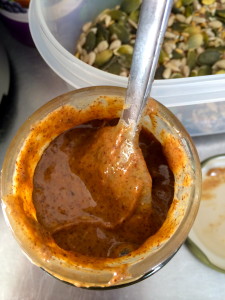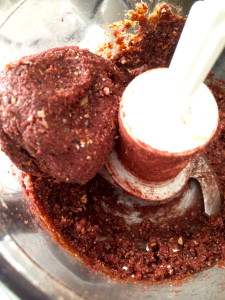By way of an intro…
Over the years I have collected many cookbooks. Bought new ones from cooks that I admire, or made random purchases from charity shops or received them as gifts. Whatever way they have entered my home they have all been dutifully kept on the shelves that I’ve been lucky enough to have in my kitchen. Which is often where they have stayed. Relatively untouched, unthumbed and unsearched. But not, perhaps unbelievably, unloved. They are a comfort to me that also wraps me with borrowed ability by association. Simply being in their presence inspires and makes me feel confident and capable in the kitchen. I do sometimes flick through a cuisine highlighted on a particular books’ pages for some backdrop inspiration or refer to the cooking times and suggestions outlined in my all time favourite book ‘How to Eat’ by the multi faceted glory that is also known as Nigella Lawson. But follow a full recipe…? Hell no. Not because I’m so bloody marvellous in the kitchen – quite the opposite. It’s just been a case of I’m always looking at them last minute and I’ve never got the right ingredients casually lying about. Recipes need planning to have the instructions followed exactly. Also, I learned to cook through necessity. The urge to eat, and especially the urge to eat nice things, drove me into the kitchen. Here, where at the time there were no cookbooks, I hotched and I potched and I’m certain largely botched until I emerged triumphant with edible fare. Yay!
So, on to the reason for this new set of posts…
I realise that I have a lot of books that I never look at all any more. Year after year I pass over their wares which they display lovingly on their spines. Not because I eschew them but because…hmmm…actually, why do I ignore their calls…?! If I’m not going to access their inner treasures then why do I bother housing them on by precious kitchen shelf space?! Chuck ‘em out and make space I hear you cry!! Pass them on to others!! I can’t! Don’t make me!! Their presence is a stable element in my chaotic kitchen. I cannot cast them out like broken toys. It’s too emotionally traumatic for me. Such a drama queen…where’s the eye rolling emoji when I need it…
Okay, so if I’m not willing to chuck them out then it strikes me it’s about time I delved into them and explored their jewels and created some of their offerings. But where shall I start ?!? With literally hundreds to choose from how can I decide where this new adventure should begin?
So, I asked a friend for a random number – he gave me 99 – and then I asked him for another random number he gave me 142. I followed these two and they let me to this book:
’50 Great Curries Of India’ by the rather fabulous looking and clearly super clever Ms Camellia Panjabi.
…and to this recipe:
(…take careful note of the photograph especially as this will be referred to later!)
7 brief bullet points and a suggestion. Looks easy enough at a scan…let’s get started!
Number 1: ‘Soak 1 cup coconut in 2 cups warm water. Leave for half an hour then put into a blender. Strain and keep the coconut milk.’
Oh dear. Well, I don’t have coconut and nor did the local supermarket so I’ll have to use a tin of coconut milk instead. Also, just to be nit-picky (already…I know, I know…!), the instructions are to put the soaked coconut into the blender but then what…? Chop, purée, pulse, obliterate…I like to know these things. I need a descriptive adjective to use as my guide. I’d assume blend until smooth-ish but ass-u-me and all that…
Number 2: ‘In a non-stick frying pan heat 1 tablespoon of oil and sauté 1/2 cup chopped coconut for 2 – 3 minutes. Set aside.’
Hell’s teeth. Still no coconut to be had – might have a centuries old bag of desiccated someplace but, truly, I’m not keen anyway so I’m gonna just go rogue and skip this bit!
Number 3: ‘Heat another tablespoon oil and sauté half the onions and 2 – 3 minutes. Set aside.’
Phew, finally a bit I can adhere to. Except I’m using the ubiquitous red onion and I’m sure that’ll raise a Cambridge educated eyebrow in Ms CP’s Taj Hotel Group kitchen but I’ll soldier on…
Living, as I do, with a certain individual who wrinkles their (albeit perfect) nose at the mention of onions and complains that they create some unmentionable havoc, I decided to soak the onions first. I read somewhere that this might help reduce the sting in their consumption. Any truth? Anyone know? I could Google it but I’m against the clock here as I’ve got my nets on a boil wash cycle and it’s rattling towards completion.
Number 4: ‘Heat one more tablespoon of oil and sauté the red chillies, coriander, mustard, fenugreek, cumin seeds, cinnamon, peppercorns and cloves for a few minutes.’
I don’t have red chillies. Or any chillies for that matter. I used to have a plant – ‘designed to flourish in the kitchen window of any household – giving all year access to vibrant and flavourful chillies’ – but the vague and non committal sunshine that drifted into my window in Yorkshire didn’t cut the mustard let alone grow the chilli. So, I’ve got powdered – Deggi Mirch (Degi or Deghi) which is the closest I could get to Kashmiri chilli powder the day I bought it. The latter would have been ideal and is smoother and has less heat but these are a good option. Otherwise I would have used a paprika and cayenne mix (about 3 to 1 ratio?) – options, options!
Also…I didn’t have fenugreek seeds so I sifted through this pack of Punchpooran (often called Panch Phoron which is a blend of five different whole spices) to get the required amount of them. Now, I will have sleepless nights worrying if I’ve created an imbalance in the bag which will ruin later dishes. I’m in bits over it…
For all the ‘set aside’ instructions that are going on in this recipe, the one time that it’s pretty vital to be setting stuff aside is now (these spices must be set aside after heating) and there’s no mention of it…! If you’re following this recipe may I humbly suggest you fry (or dry roast) these whole spices for a short while until they are ‘popping’ and fragrant – then take them off the heat and out of the hot pan and the set them aside…? Otherwise they will over develop and burn. If you are a great multi-tasker then you can prepare ‘Number 5’ while you’re keeping an eye on ‘Number 4’!
Number 5: ‘Now put the balance coconut, onions and spices into blender. Add the turmeric, paprika and tamarind and 1/2 cup water grind to a smooth paste.’
As I have gone full rogue on this recipe already I might as well admit that I didn’t do this bit either – because I don’t have a ‘spices only’ kind of blender – honestly I don’t suggest using your usual blender. I once did this and everything I put in it afterwards always had a feint hint of faraway onion and turmeric! Trust me, use your regular blender that you might want to make a smoothie in etc. at your peril! Instead I ground up the spices in a ‘spices only’ coffee grinder that I do have and pressed on! It just means that there’ll be less ‘pureed sauce’ in the curry at the end…so what?! I may eat these words yet…but I’m quietly confident it’ll make bugger all difference at this point especially as, yet again, I’m turning a blind eye to the mention of coconut!!
Also, paprika…?!?! That’s not even in the ingredients lists! WTF? Give me a chance to succeed, darling! Talk about curve ball…
Number 6: ‘In a saucepan, heat 4 tablespoons oil and sauté the ginger and garlic and 15 seconds, followed by the balance of the chopped onions for about 7 – 8 minutes, until translucent. Add the spice paste (ground spices in my case), sauté for 2 minutes, then add a little water (this is also where I added the tamarind!) and the potatoes and sauté for about 5 minutes. Sprinkle in the salt (about 1 teaspoon). Add 1/2 cup water, close the lid and cook for 6 – 7 minutes.’
Number 7: ‘Now add the cauliflower, 2 cups coconut milk and cook until done.’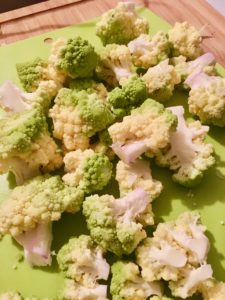
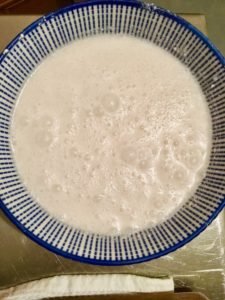
‘Cook until done’ is my all time favourite recipe instruction. It’s brutal in its number of f**ks given. It’s like the writer got bored by this time and thought ‘oh just work it out yourself…!’ Modern day recipes of this ilk will just have ‘Google it’ written at this point.
I prodded it with a fork and as it seemed some midpoint between raw and mush – I took it off the heat. It looked like this:
Remember that accompanying recipe picture in the book? Oh dear…I’ve done summat wrong eh? Probably that pesky paprika would have created the colour or perhaps there was an other ingredient missed off completely too? Like tomatoes…? It’s a mystery I’ll never know the answer to but all that really matters is that, regardless of all this palaver, it was a mighty tasty curry!! That is, after all, what counts right?
